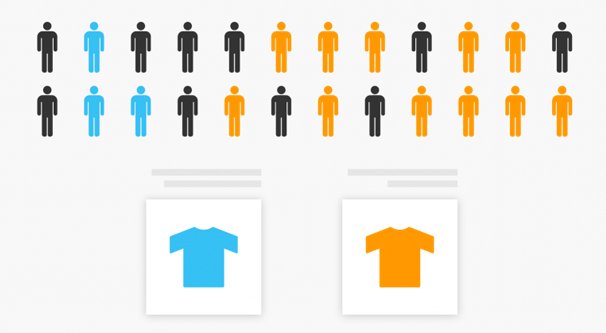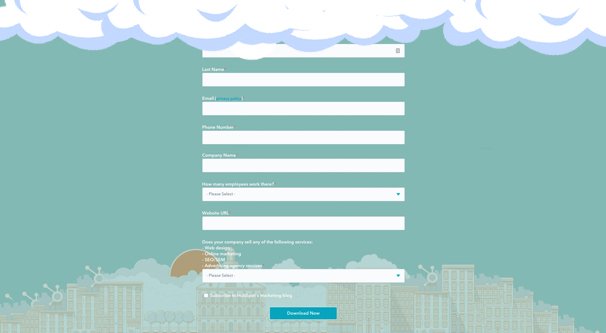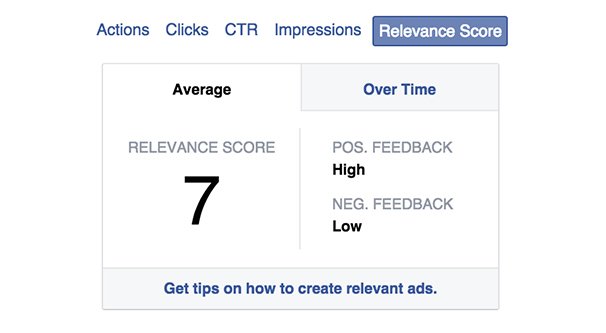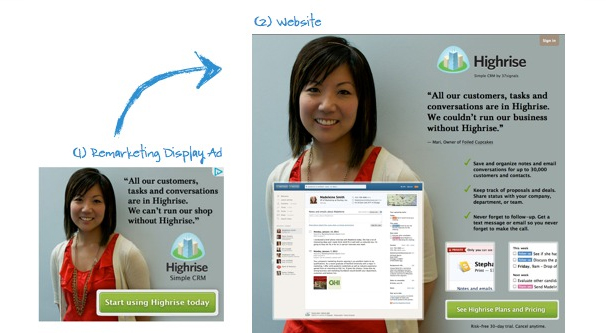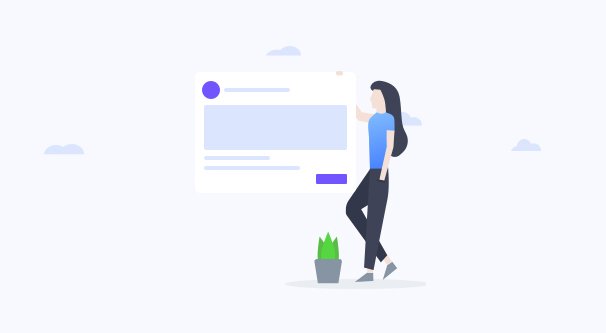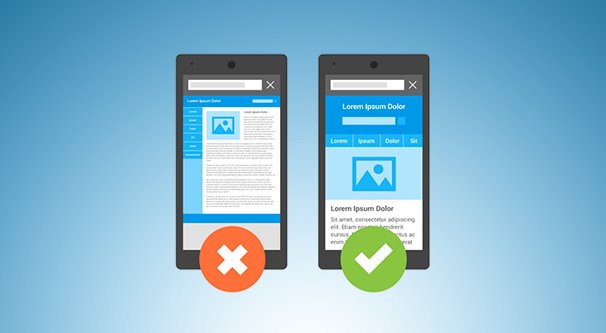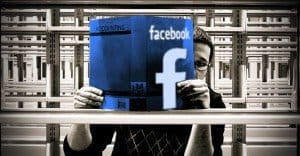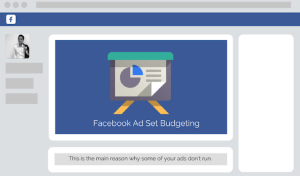 Written by ContentPowered.com
Written by ContentPowered.com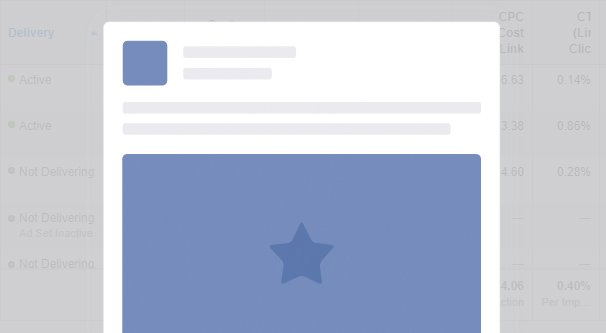
You might think that getting a lot of clicks on your Facebook ads means they’re working just fine. In a way, they are. The trouble is, if clicks are all you’re getting, what use are they?
The end goal for any marketing is to get conversions. You want people to arrive on your website with the intent to make a purchase. You need that crucial return on investment if you want to succeed.
Therefore, if your ads are getting a lot of clicks, but you’re getting few or no conversions, you need to take a look at why.
Some of you are very good at creating advertising that generates clicks, and that’s not always a bad thing. However, when those clicks come from clickbait-style titles and copy, and there’s nothing of substance the user wants on the other end, you hurt yourself in the long run.
What I’ve done here is compiled the main reasons why you can have a high click through rate on your ads, but still have a lower than average conversion rate. If this sounds like you, read through and see if any of these causes apply.
The Path to Optimization
Before getting into the specific causes, first check out this generalize tip. Always split test.
Split testing, in case you’re not aware, is the scientific method of testing two different versions of a page against each other, to determine which one gets you a better conversion rate. Pick a variable, change that variable between two versions of the page, and run an equal amount of traffic to both. The one with the better conversion rate wins, so you can use it as the basis for changing other variables.
There are a lot of different plugins and scripts you can use to test different versions of a page without needing to micromanage your traffic. I recommend checking them out.
Remember to only test as many variables as you can make variations in the page and run adequate traffic to. Picking one variable yields two versions of the page, or more if you’re testing multiple types of changes. If you add in another variable, it becomes exponential; you need one testing version for each set of changes, so two variables with two options each is four different pages, all of which need the same amount of traffic from the same source to test properly.
If you want a nice detailed article on how to split test with statistical significance, check out this post. Otherwise, move on to the low conversion rate causes below.
1. Your Product is Too Expensive
Can you advertise a Lamborghini to a teenager? You can certainly make a teenager want one, there’s no question about that. Run an ad for your expensive supercar to a teenage audience and you’ll get plenty of clicks.
Can you sell a Lamborghini to a teenager? Probably not. Very few teenagers in the world – usually the scions of the hyper-rich – have the money to purchase something so expensive. You’ll get a lot of clicks, but no conversions, because your product is too expensive for the audience you’re targeting.
The solution to this is either to lower your price or to adjust your audience. In most cases, you can’t really change your pricing. Either it cuts into your profit margins or the price is fixed by someone higher up in the chain than you.
What you can do, then, is adjust your audience. Instead of targeting those 18-25 with your supercar ads, target people in their 40s and 50s. Take advantage of the mid-life crises of the middle managers with more money than they know what to do with.
2. Your Forms are Too Long
How much information do you need to hand over to your sales team so they can make a call? How much information do you need to harvest from a user before you can send them a sales email? How much information do you need when a user is making a purchase in a web store?
The world revolves around data harvesting. As they say, if you’re not paying for a service, you’re the product. Facebook exists because it can harvest immense amounts of data it can then sell in a dozen different ways.
This leads all too many marketers to assume that harvesting a lot of information is fine. The fact is, the majority if your users aren’t going to want to hand over that personal data. It’s one thing for it to be incidentally and cleverly harvested, and it’s another for them to explicitly type it in.
When your opt-in or purchase forms are too long, you end up with people who decide halfway through filling it out that it’s just too much work. I’ve done this before, and you probably have too. If all the site is asking for is an email address, fine, I’ll claim that e-book. If I’m trying to claim a free trial and you’re asking me for my company size, my role in the organization, my average income, what I had for breakfast on Tuesday, and my favorite color, I’m going to drop your form long before I finish filling it out.
The only time long forms are valid is when you’re actually filling out a form to make a purchase, and even then, the “long” form is just billing and shipping information. The more extraneous information you’re asking for, the more conversions you’re losing.
3. Your Page Covers a Different Topic
You used to see this a lot on Facebook, but it has declined over the last few years. People would create ads that are very compelling, but the page they send you to is virtually irrelevant. The disconnect between ad and landing page means people aren’t going to convert – in fact, many of them will bounce the moment they realize they’re not on the page they thought they were going to land on.
Facebook has partially quantified this with their relevance scores. Facebook relevance scores are scores that estimate the potential success of your ad, measure the relationship between your ad copy and your landing page copy, and compare it all to your audience targeting. Higher relevance scores mean cheaper ads, better ads, and better performance.
4. You Don’t Have Information Consistency
Whenever you’re running paid ads, you’re running them with a specific target in mind. Usually, this centers around a keyword or set of keywords. To maximize your relevance score and the congruence between your audience, your and, and your landing page, you should try to maintain a one to one relationship between ad and landing page.
The same goes for search ads, by the way, with the extra step of maintaining congruence with the search as well.
Any keywords you’re using in your ad itself are keywords you should be using in your landing page. Any offers, any product mentions, anything specific you mention needs to be carried through. Consistency in your messaging is a big part of ad relevance and of satisfying users.
I’ve seen this concept called the “ad scent” or scent trail of your ads. If you imagine your customers as hounds trailing the scent of something juicy, you want to make sure you’re always leaving that scent trail from one step to the next to the next. The moment a user opens up a page and they lose that trail, they’ll be going back the way they came.
5. You’re Not Staging Your Audience
Any good ad campaign should be taken in stages. If you’re trying to use one set of ads to reach everyone, regardless of their feelings towards your brand, you’re in for some trouble.
The way I see it, there are three stages of users you want to target for advertising. Each stage requires a different set of ads, targeted specifically to that stage. Usually, each should have its own landing page as well.
The first stage are the cold calls. These people generally haven’t even heard of your brand, or have only heard of it in passing, and have no knowledge of what you offer. Reaching these people means creating ads that showcase what it is your product does and why they would want to use it. It’s also an initial weed-out of people who aren’t likely to care. A dog food brand should get rid of people in their audience who don’t have dogs, right?
This first audience is easy to reach, but you generally don’t want to use website conversion ads, because conversions will be rare and expensive. Rather, use clicks to website ads to figure out who is interested and who isn’t. Make a custom audience out of people who click through.
The second audience is the group of people who clicked through to your website but who didn’t make a purchase. These people are most likely to purchase, and are the entire basis of retargeting. This is the best audience to reach with sales-focused landing pages and advertising.
The third audience is the group of people who have purchased in the past, and who you can use as a custom audience to reach for future purchases. Once you figure out your buyer habits and consumption patterns, you can reach these users right when they’re looking for a refresh and get them back in.
Reaching the right audience with the right messaging is the most important aspect of advertising, and getting it right will reduce costs while raising conversions across the board.
6. Your Landing Page Experience is Poor
Your landing page experience can be terrible in a lot of different ways.
Here are some you might want to run through and check.
- The first impression is bland. Making assumptions about the users that aren’t founded, or forcing an autoplay video, or even just using a template they’ve seen before can all be bad.
- Your value proposition isn’t clear. If the user is reading your landing page but you never answer the question “but why do I care?”, you’re not going to get those conversions.
- Your design isn’t congruent with your ads and your brand. Imaging if you landed on a landing page for Target and they were mostly using purple and yellow colors and their logo was a big purple T. You’d probably think you were on the wrong page, right? Target is red with a target circle logo. That confusion means people back out for fear of being in the wrong place.
- You aren’t using images. Any good landing page is going to have images, either photos of the product, screenshots of a product in use, or even just clever graphic design to sell the product.
- The actual path to opting in is obscure. If the user can’t actually find the button they need to click or the form they need to fill out, they won’t do it. Make sure those buttons stand out and that there’s always a way for them to proceed.
- Your mobile experience is poor. Remember that an increasing number of web users are using the web entirely through mobile devices. If you aren’t catering to that significant proportion of the internet, you’re going to lose out on a lot of conversions.
Landing page optimization isn’t easy. In fact, it’s a very tricky thing to get right, and it’s something a lot of marketers spend years learning how to handle properly. That’s no reason to ignore it, though: spend the time and the effort with optimization now and get the most out of your clicks later.
